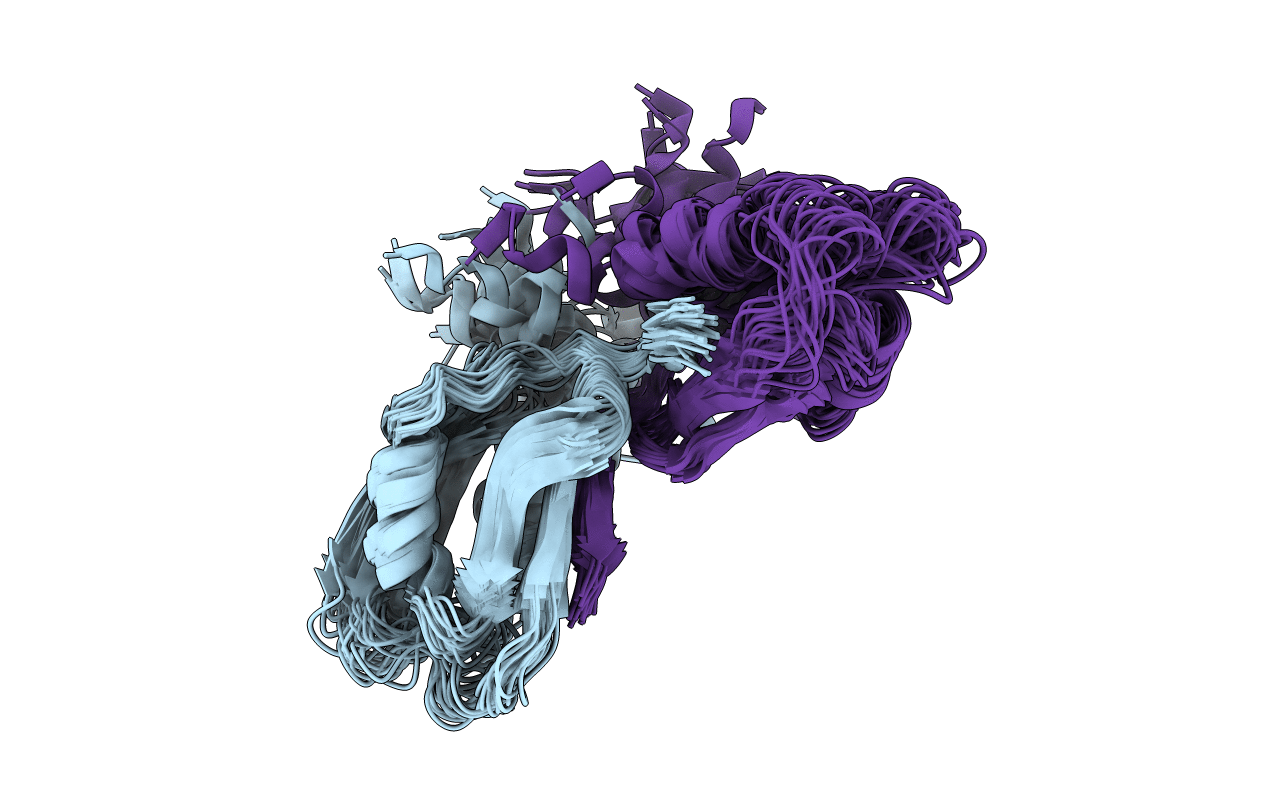
Deposition Date
2020-03-24
Release Date
2021-03-24
Last Version Date
2024-05-15
Entry Detail
PDB ID:
6WA1
Keywords:
Title:
Dimeric form of the trans-stabilized Hemolysin II C-terminal domain
Biological Source:
Source Organism:
Host Organism:
Method Details:
Experimental Method:
Conformers Calculated:
100
Conformers Submitted:
25
Selection Criteria:
structures with the least restraint violations


